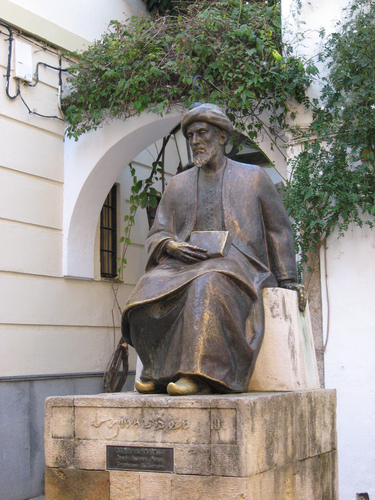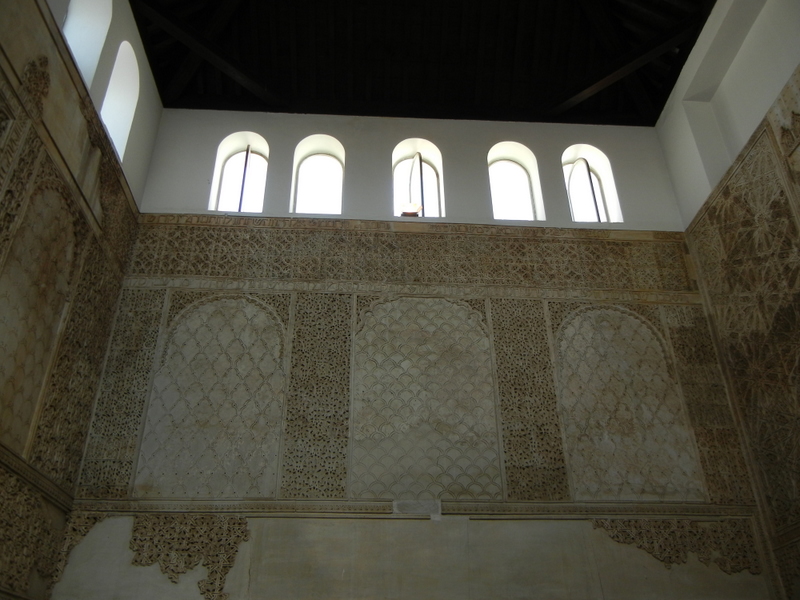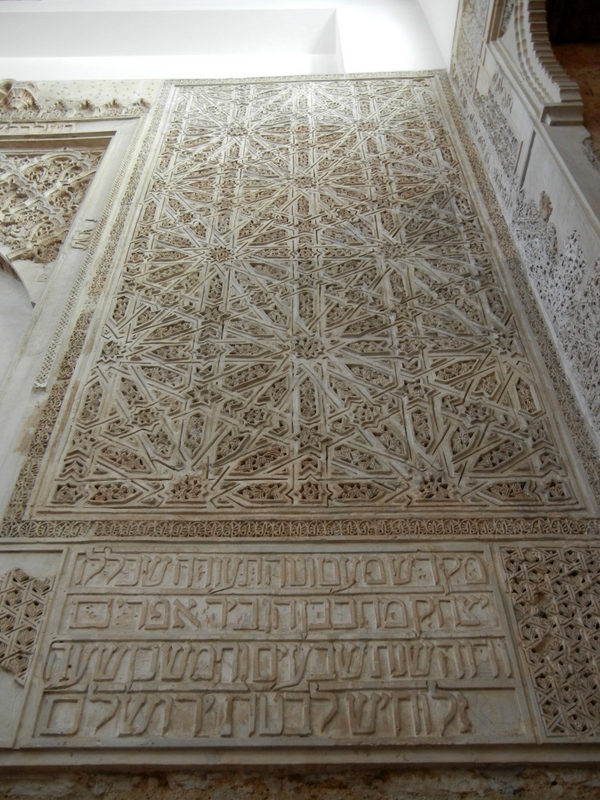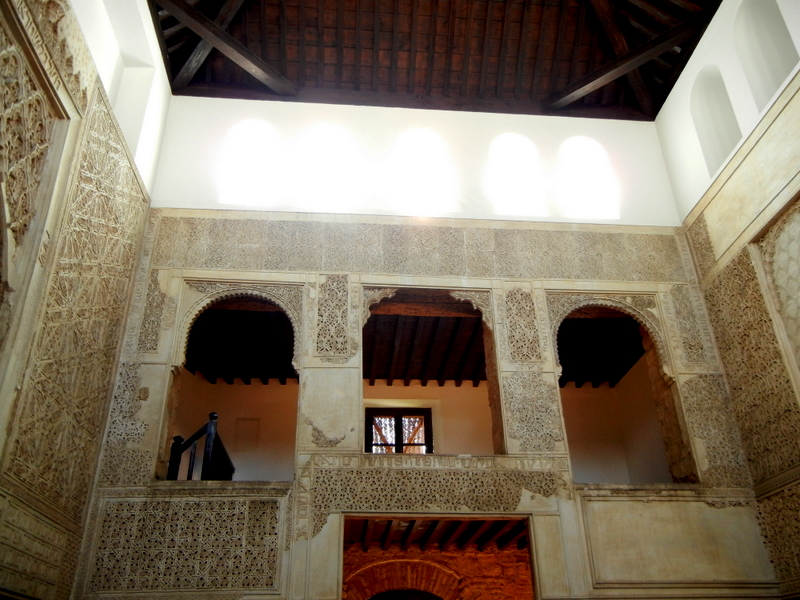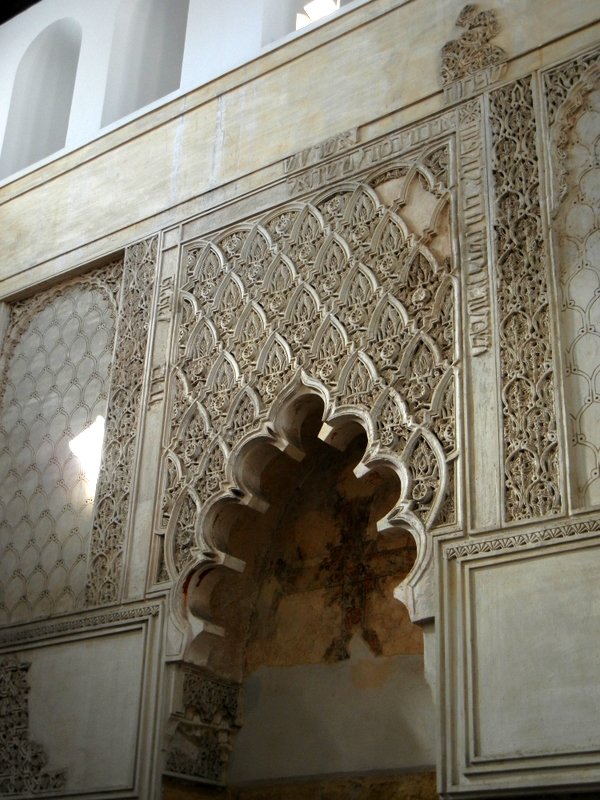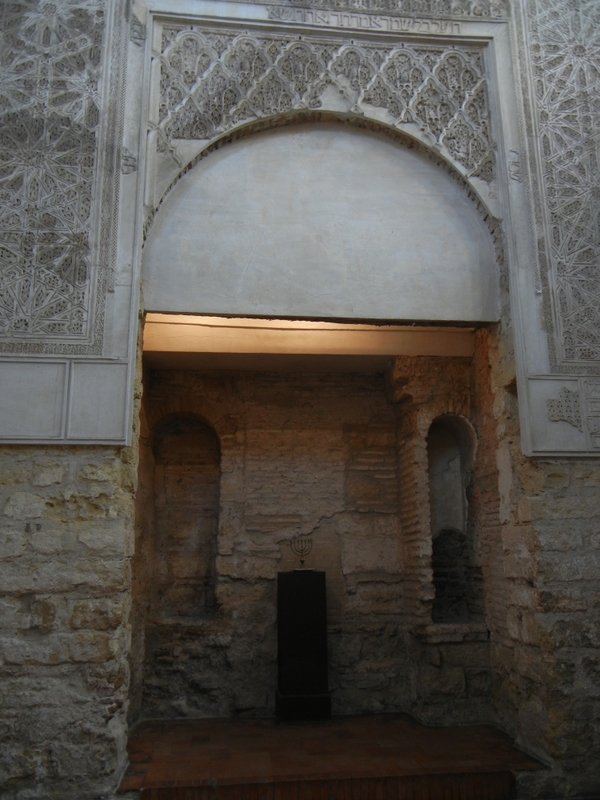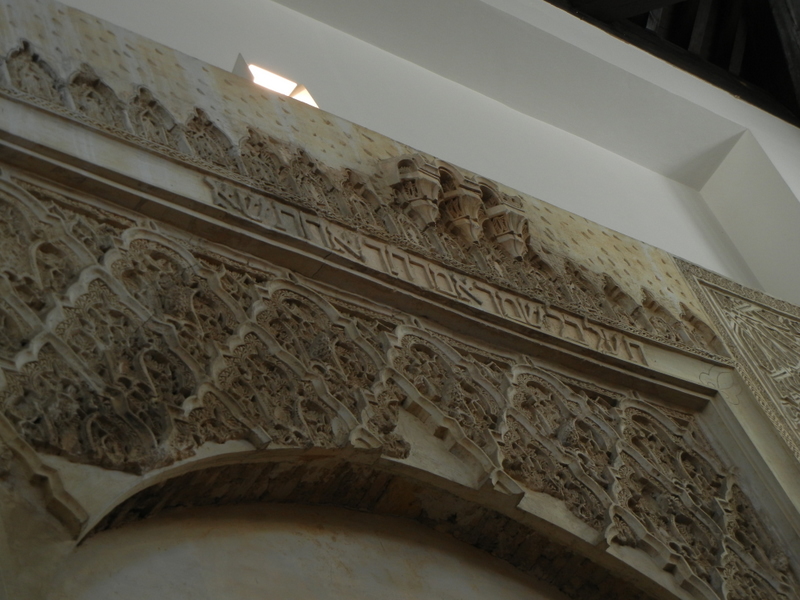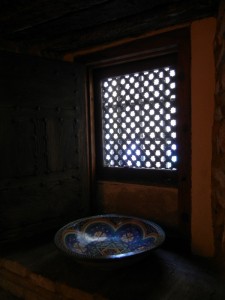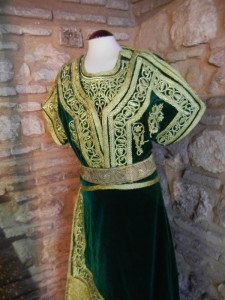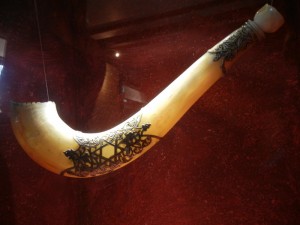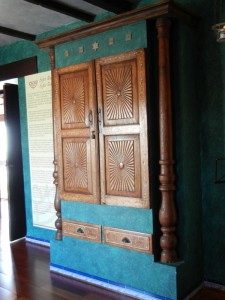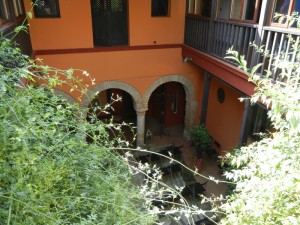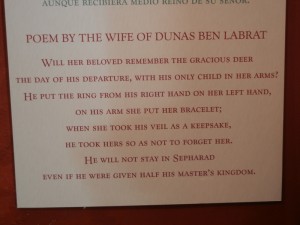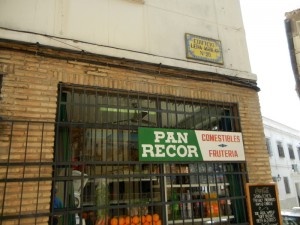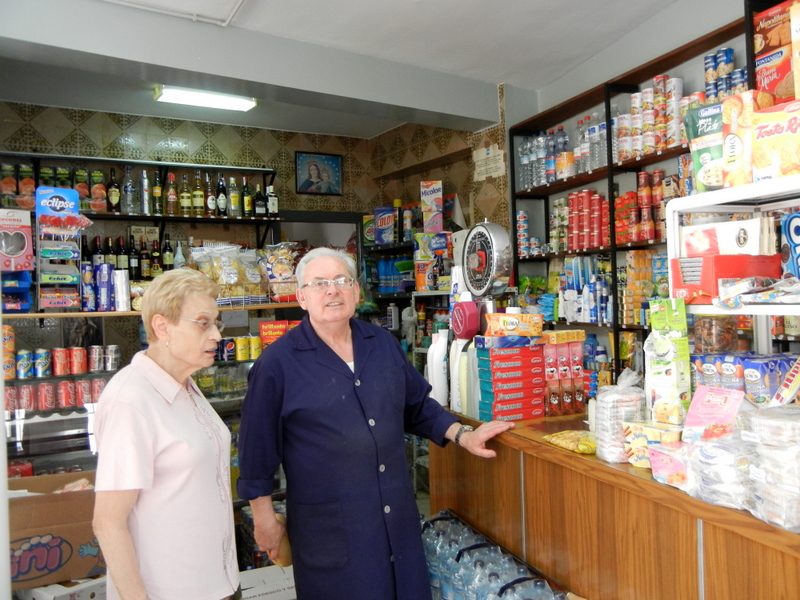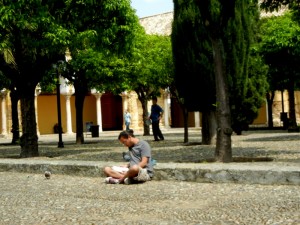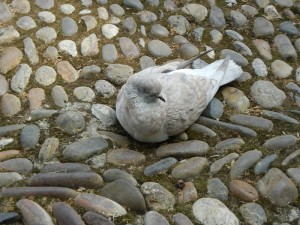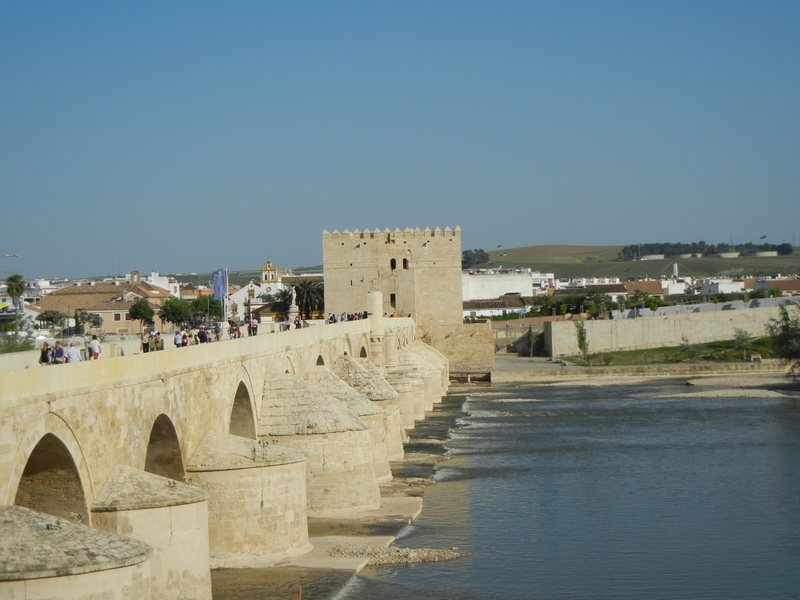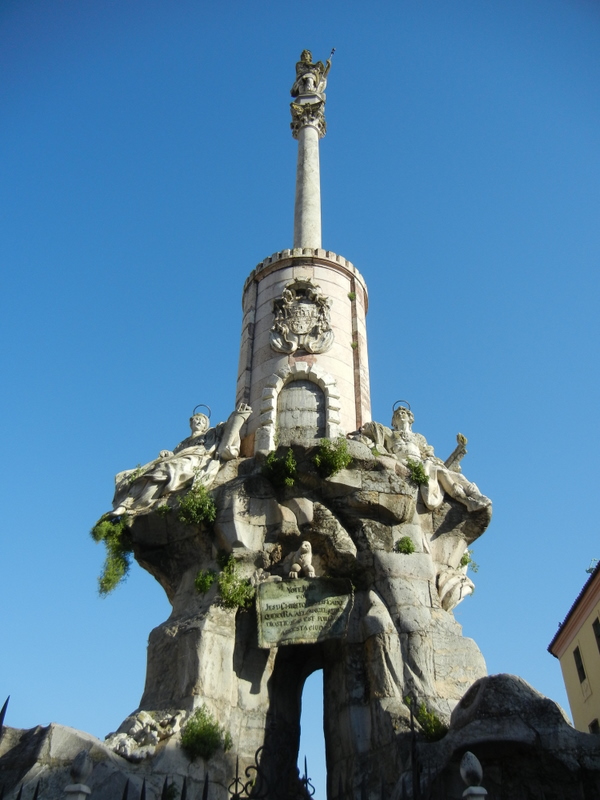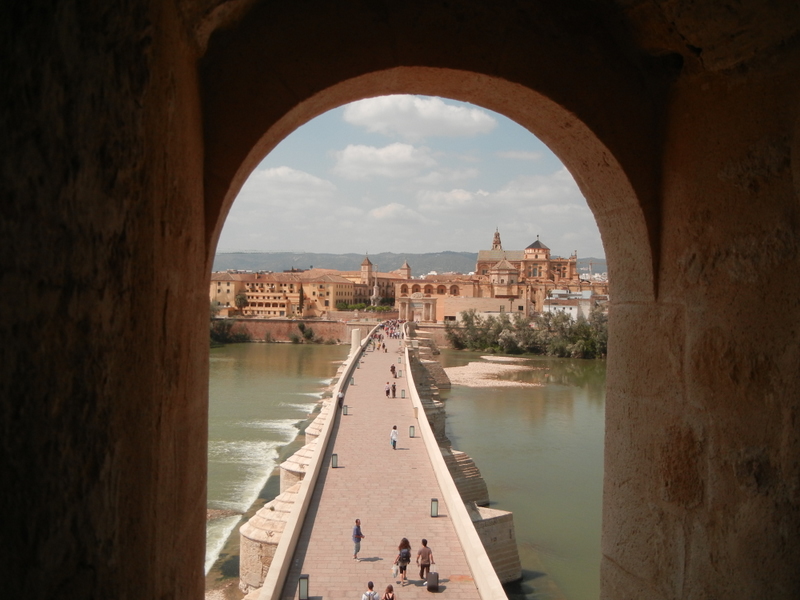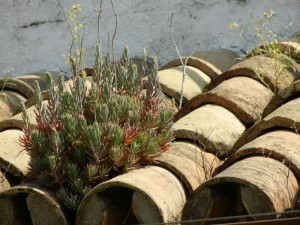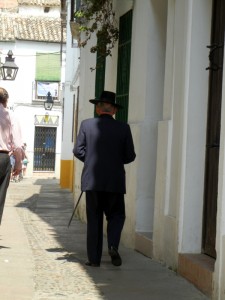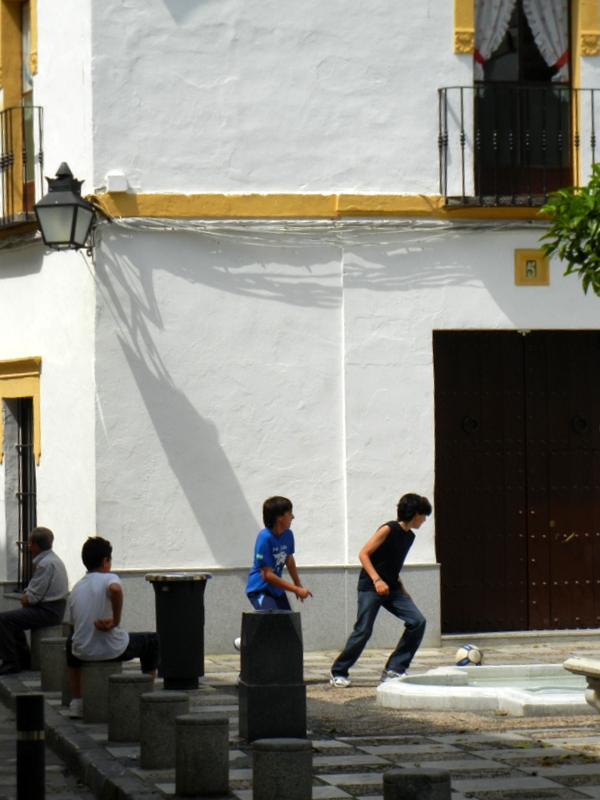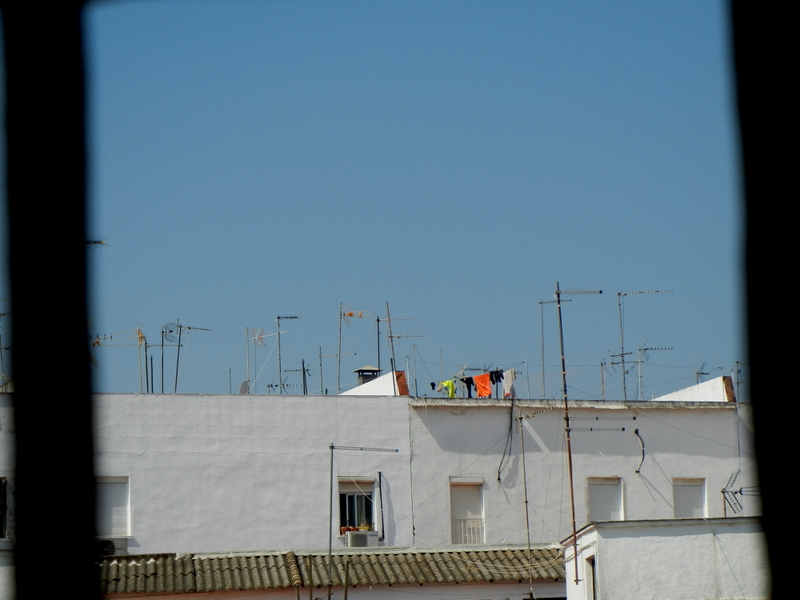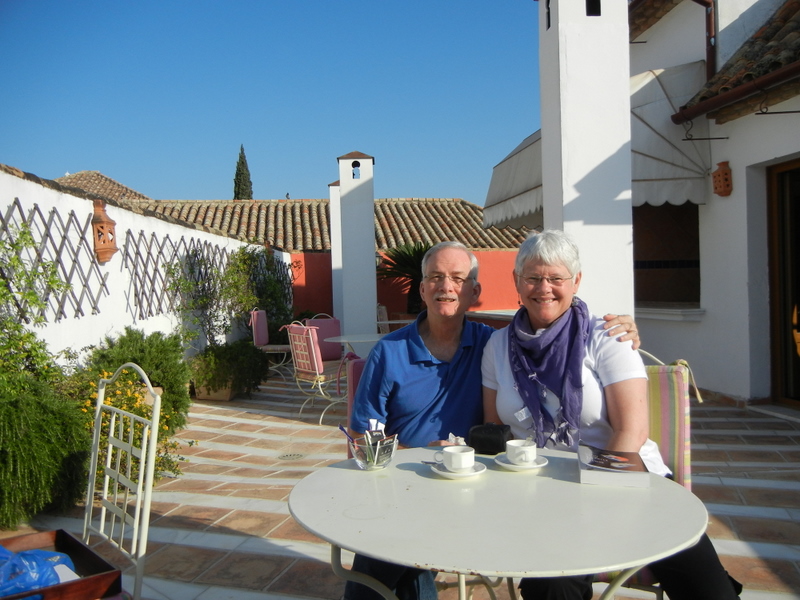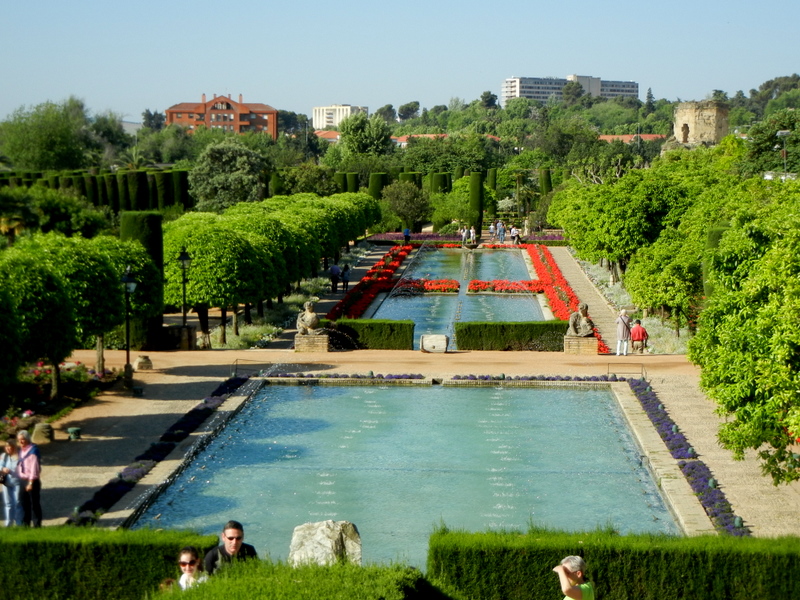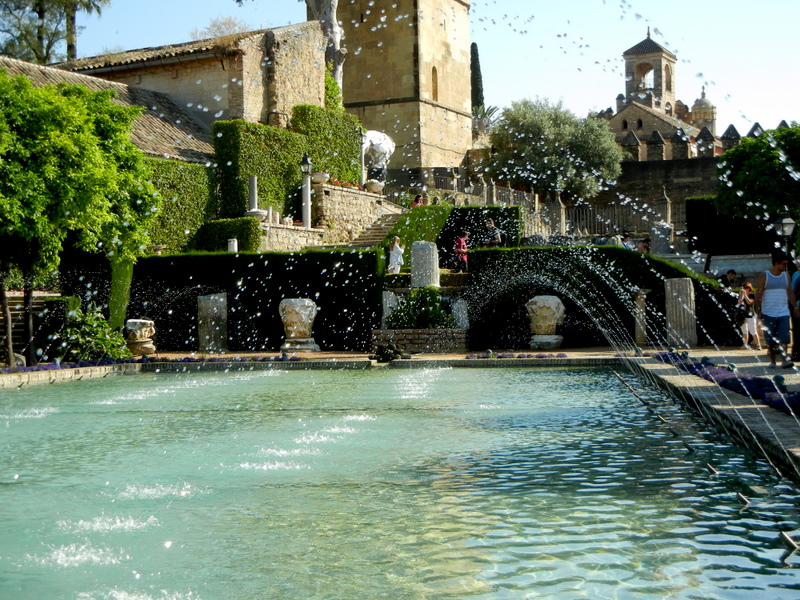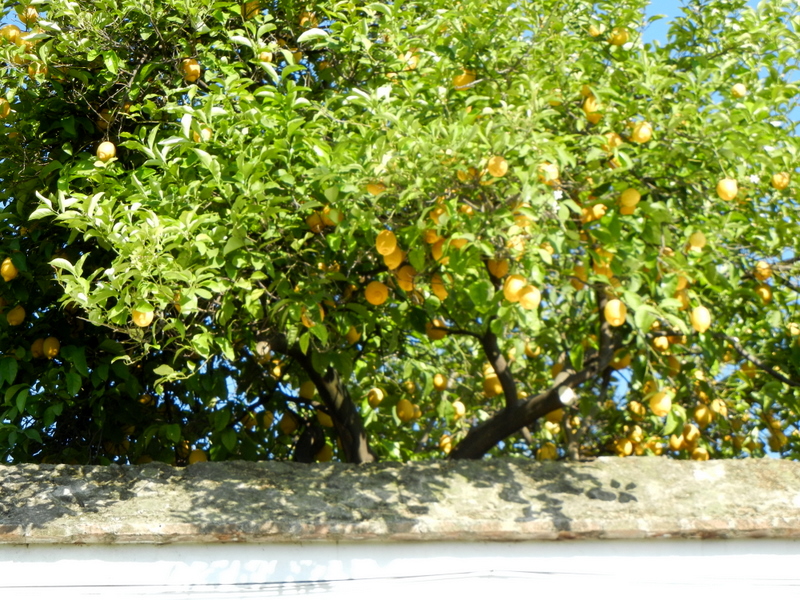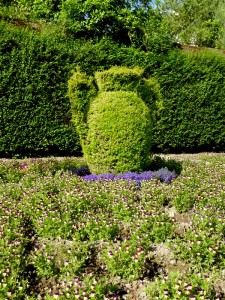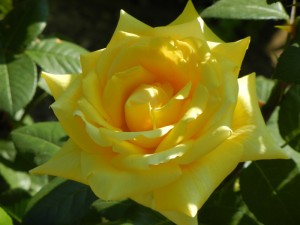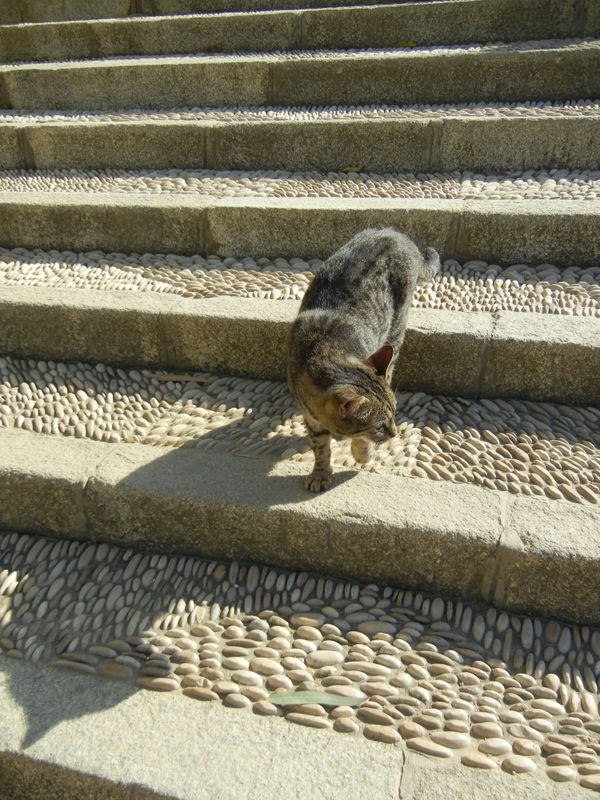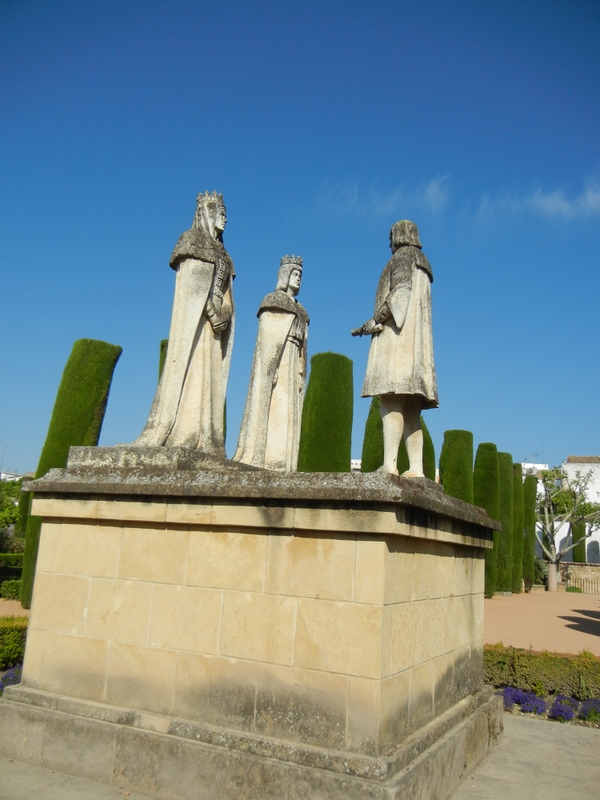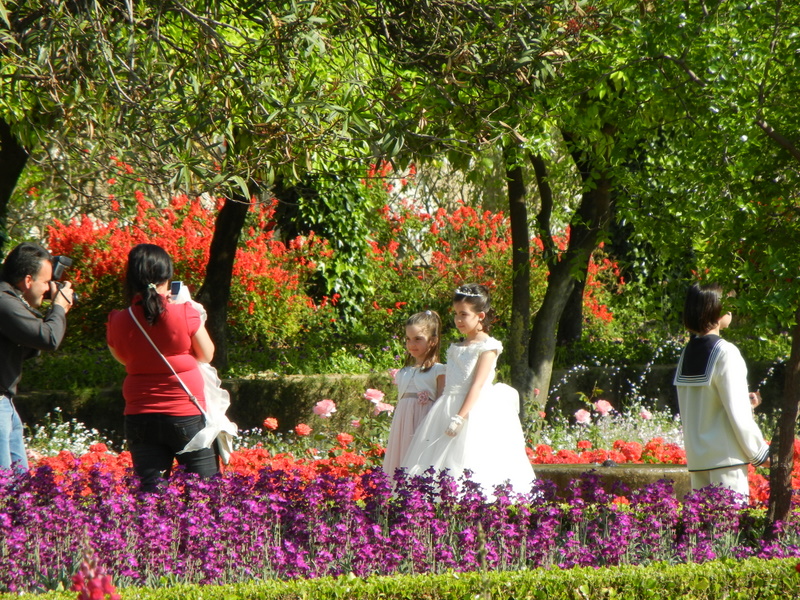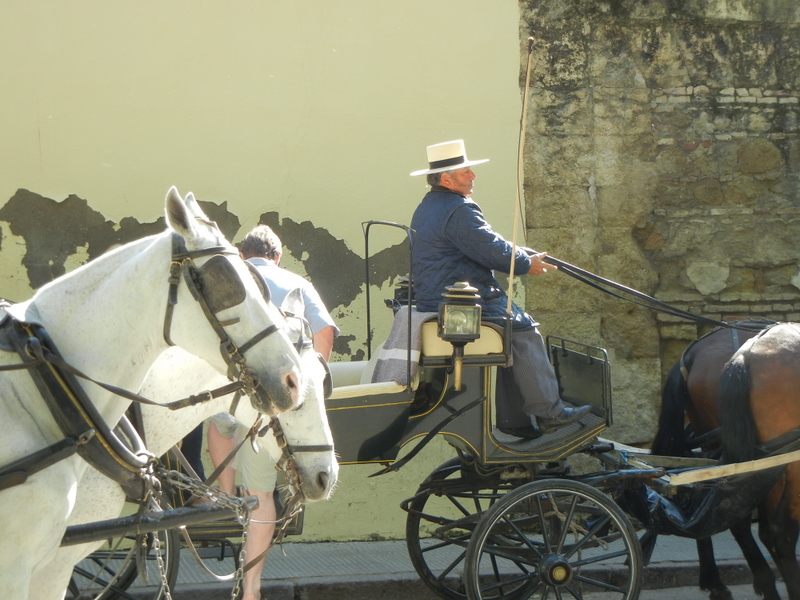After the amazing visit to La Mezquita, we weren’t sure what (or if) we wanted to see (anything) next – so moving had been the experience. We tend to alternate between figuring out our destinations (and doing prior research) and just letting our feet wander and see where we end up. Now was one of those times.
In the tenth century Córdoba was the seat of Jewish learning, scholarship and culture.
Just down the street we happened upon a priceless gem: one of the remaining Jewish Synagogues. It was built in 1315 and is the only synagogue in Andalusia to survive the expulsion and inquisition of the Jews in 1492 and one of only three ancient synagogues left in all of Spain (the other two are in Toledo).
After the Jews were expelled from Spain in 1492, the synagogue of Córdoba was turned into a hospital, a Catholic chapel in 1588 and later housed a nursery school. It became a national monument in 1885, and was restored by 1985 in time to celebrate the 850th anniversary of Maimonides, one of the most important Jewish scholars in history.
Today the Synagogue is an historic site, no longer used for worship. It is also very crowded as tours from all over the world pour in to the tiny space. But I was worshiping as I read the (translations of) the Hebrew words inscribed on the walls and I was thinking of so many of my friends who were celebrating Passover this same week.
Pray for the peace of Jerusalem: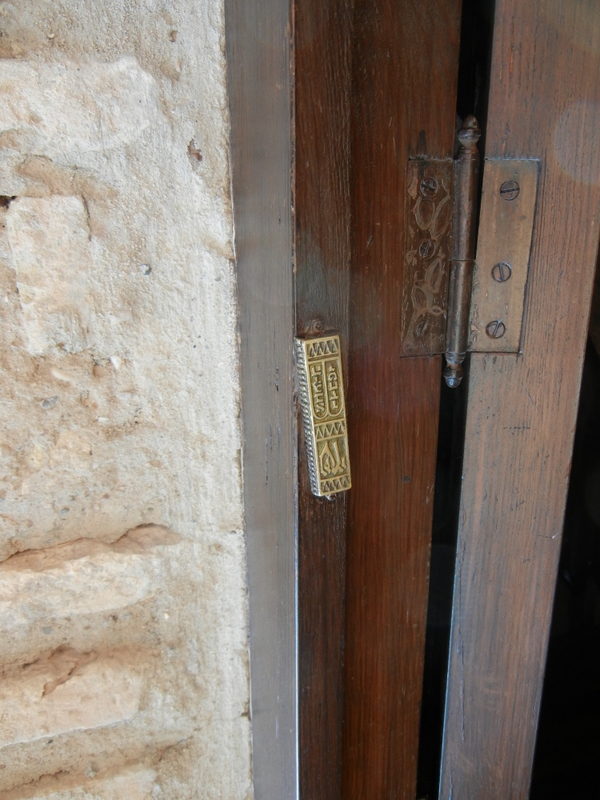
‘May they prosper who love you.
Peace be within your walls,
and security within your towers.’
For the sake of my relatives and friends
I will say, ‘Peace be within you.’
For the sake of the house of the Lord our God,
I will seek your good. (from Psalm 122)
Just opposite the Synagogue, was a marvelous museum of Sephardic History, with implements, musical instruments, and items from what might be a typical Sephardic household in Spain. The collection comes from all over the Mediterranean where Jews settled during the Diaspora. There were not so many people here, so easy to enjoy at our leisure, and the explanations were not only in Spanish but also English. Super!
By then, we were getting hungry and stumbled upon a small grocery, where the proprietor made us some delicious sandwiches with Serrano jamón, queso, los tomates… while an elderly lady waited for him to finish! We also got chips, two amazing FRESH oranges, and some Fanta (which I hadn’t had in years!)
We took our meal back to the courtyard of La Mezquita and enjoyed the shade of the orange trees (as countless others before us must have enjoyed the same!) while the pigeons begged for food. Really! No telephoto needed!
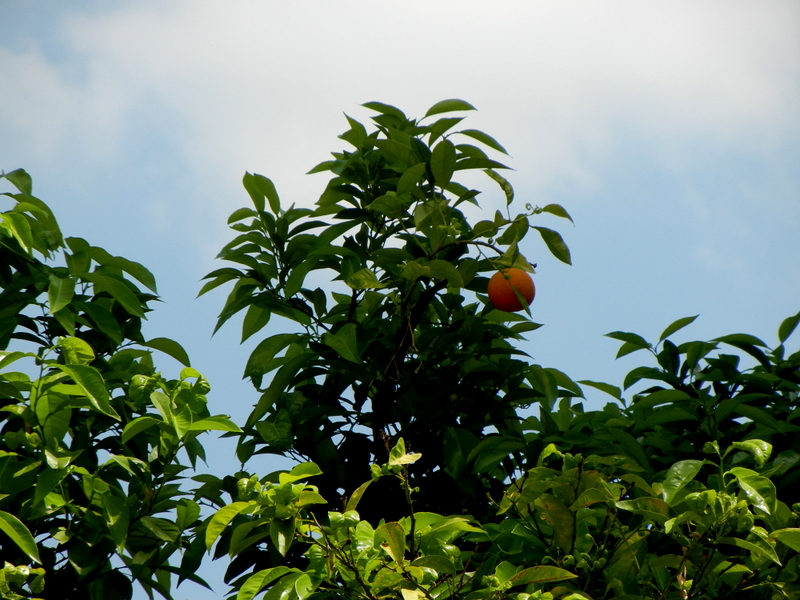
orange trees everywhere
We finished our day with a tour of the old fortification across the river from the Mezquita.
The bridge is built on the foundations of an old Roman bridge. At the other (Mezquita) end, is a monument to Raphael the Archangel in thanksgiving for the end of the Plague. (There are many such statues and monuments, all over Europe!)
La Mezquita is the large building on the right. You can see how the cathedral is plopped right into the middle of the mosque.
As we walked back to our hotel, we enjoyed many charming moments in Cordoba.
The next day was Palm Sunday. We began the morning on the rooftop terrace of the hotel (location of the pool not yet open for the season and blissfully deserted!), watching the swifts and enjoying our grocery store breakfast of somewhat stale croissants and room coffee.
We had hoped to be able to stay for the service in the Cathedral but the timing was not good for our train back to Sevilla. So instead we wandered over to Alcázar de los Reyes Cristianos (Spanish for “Alcázar of the Christian Monarchs”), also known as the Alcázar of Córdoba, which is a medieval palace next to the Guadalquivir River and near the Mezquita, that served as one of the primary residences of Isabella I of Castile and Ferdinand II of Aragon.
Here there are beautiful and extensive gardens, a statue of Christopher Columbus with Queen Isabella and King Ferdinand, as well as lots of other ‘eye candy’ – fountains, orange and lemon trees, roses, calla lilies, one little girl making her first communion that day (probably with the bishop who was coming for the service at the Cathedral) and a few feral cats. I could have stayed all day!
Our last memory of Córdoba was of the buggies and the bells pealing to call people to Palm Sunday mass! (In Austria the parade of palms is done with pussy willows, as there are no palms readily available. However, in Andalucía, there are no such problems! Palms –and olive branches – are everywhere!
Click on the photo to hear the bells from outside the wall of old Cordoba.
 |
| From Spain 2011 |
Then it was back to Sevilla to pick up our rental car for the drive to Guacin.
Thanks as always, for reading!

